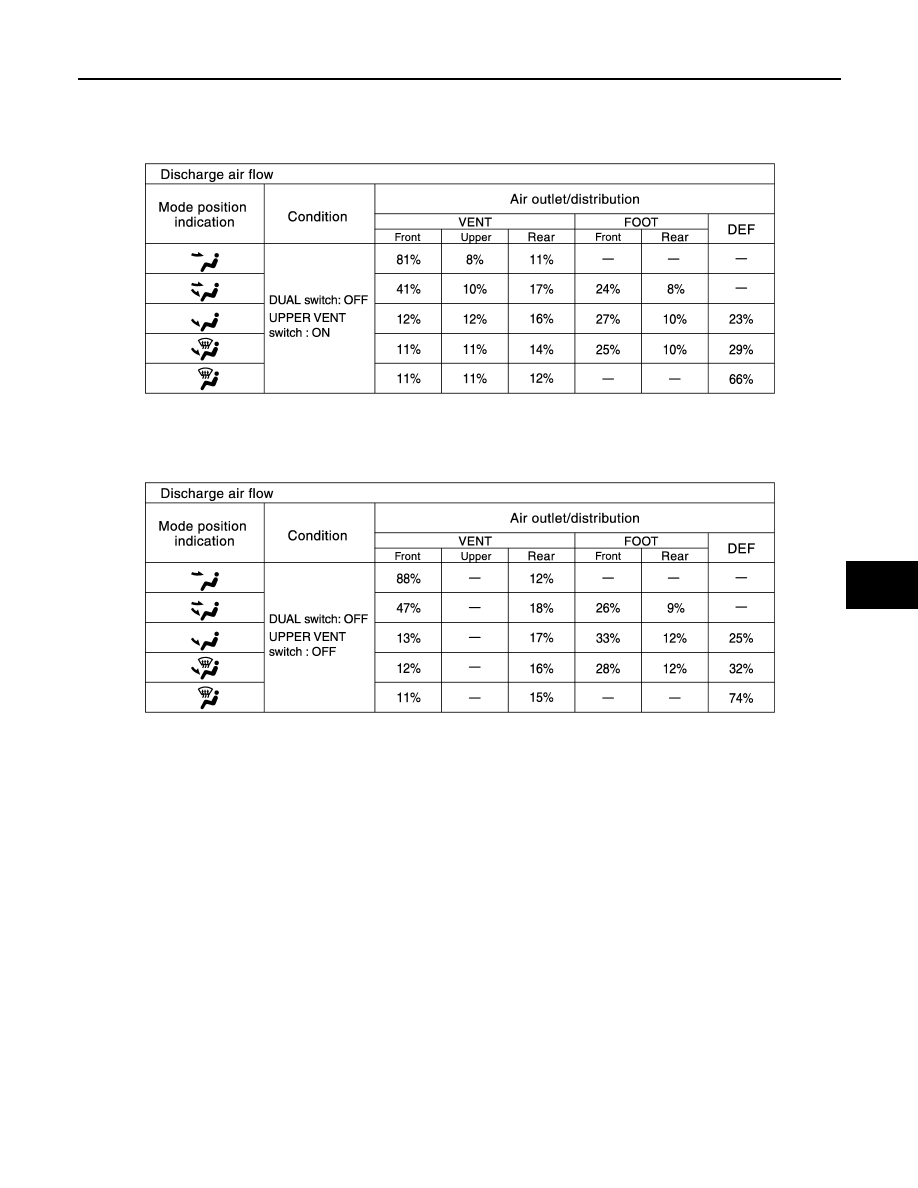содержание .. 1473 1474 1475 1476 ..
Nissan Murano Z51. Manual - part 1475

AIR DISTRIBUTION
VTL-71
< SYSTEM DESCRIPTION >
[WITH 7 INCH DISPLAY]
C
D
E
F
G
H
J
K
L
M
A
B
VTL
N
O
P
AIR DISTRIBUTION
System Description
INFOID:0000000005517170
JPIIA0509GB
JPIIA0510GB